Plenty to be positive about
By James Urquhart
As we approach the end of April with rain gauges devoid of the desired monthly rainfall the New South Wales farmer continues to sow the crop, with one eye on the forecast and the other on a volatile grain market providing an entertaining distraction.
Even without the desired April rainfall, the wet summer has ensured subsoil moisture levels remain generally very good, albeit down deeper than preferred in some regions. The Bureau of Meteorology’s Landscape Water Balance model reports levels similar to last year at roughly 90% for the state, which helps improve the prospects for the upcoming winter crop. Should a drier than average growing season prevail, the value of this will be evident come springtime.
It’s not just the moisture profile that is cause for grower optimism – commodity markets have been rallying, presenting marketing opportunities for both old and new season grains. The canola market in particular has been exciting to watch, doubly so for those currently putting it in the ground. Strong global oilseed demand combined with supply concerns have sent canola futures soaring in recent weeks, translating to a new season bid to Australian growers A$100 per tonne higher than the beginning of the month. A frost of ‘agricultural disaster’ magnitude in France and Germany will subtract much needed rapeseed from an already tight oilseed supply situation. Canada, the world’s biggest producer and exporter of canola, have been confirmed as buying cargos of canola from Ukraine, which is highly unusual and a clear demonstration of the tightness in global vegetable oil stocks.
Driving the wheat market, weather concerns in major growing regions of the US and Europe have been a bullish influence, however it has been the corn market and an unseasonal dry spell impacting Brazil’s second corn crop – Safrinha – that has provided most of the support behind wheat’s rally. If the estimates of a 10-15 million tonne reduction in production are accurate, it leaves a big hole in the global feed grains balance sheet to fill from somewhere.
Supporting markets from the demand side of the ledger is China and its well documented and seemingly endless demand for most things, including feed stocks and vegetable oils. China continues the huge effort of rebuilding their pig herd after last year’s African Swine Flu cull, which along with the ongoing westernisation of diets makes for a strong demand story for grains and oilseeds.
2021/22 season prices have reached levels that are attractive starting points for new crop marketing programs. Generally speaking however, growers have remained focused on getting the crop in the ground, happy to wait until some colour appears on the forecast before marketing any new season grain. And to this point the market has rewarded them, almost on a daily basis, for their patience.
A record year for canola?
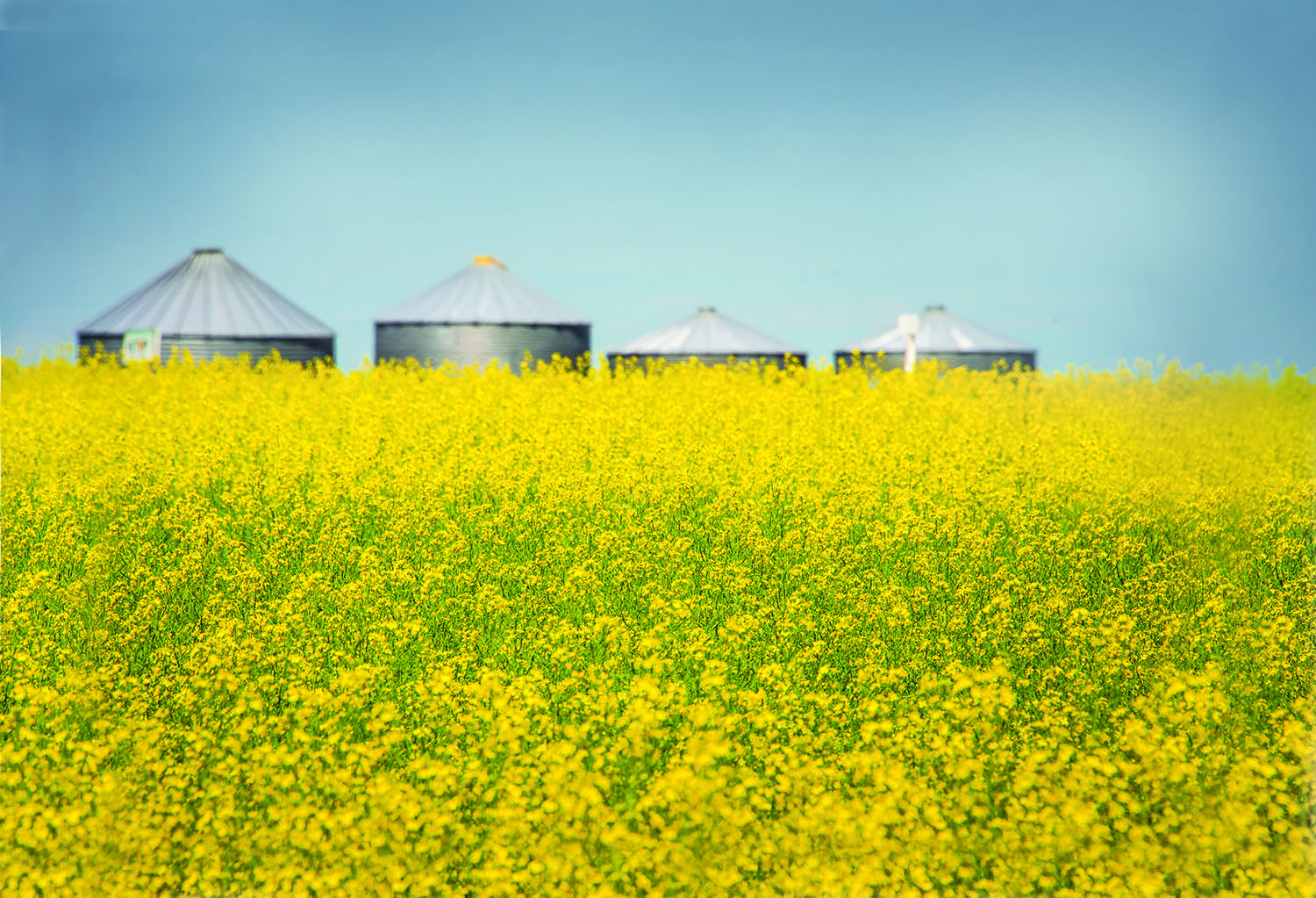
As we approach the Anzac Day holiday many farmers across the state are taking advantage of fantastic sowing conditions for early sown crops such as grazing wheat and barley, and of course the traditional early sown crop, canola.
Read MoreExports moving at a good clip
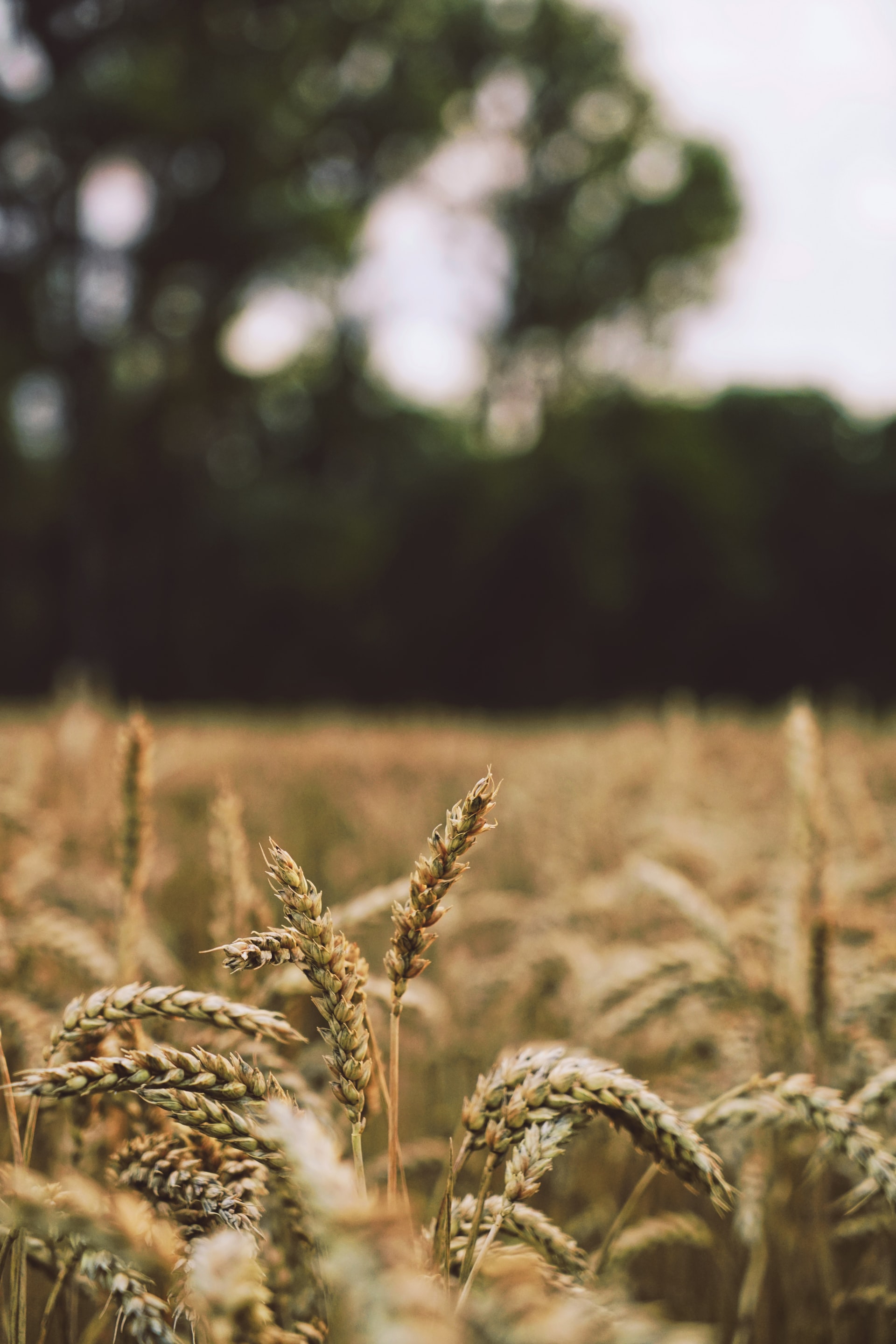
Fresh data released from the United States Department of Agriculture (USDA) and the Australian Bureau of Statistics (ABS) highlighted the strong grain export program being executed around the world at present, with Australia featuring prominently in wheat, barley, sorghum and oilseeds.
Read MoreSA Market Wrap - March
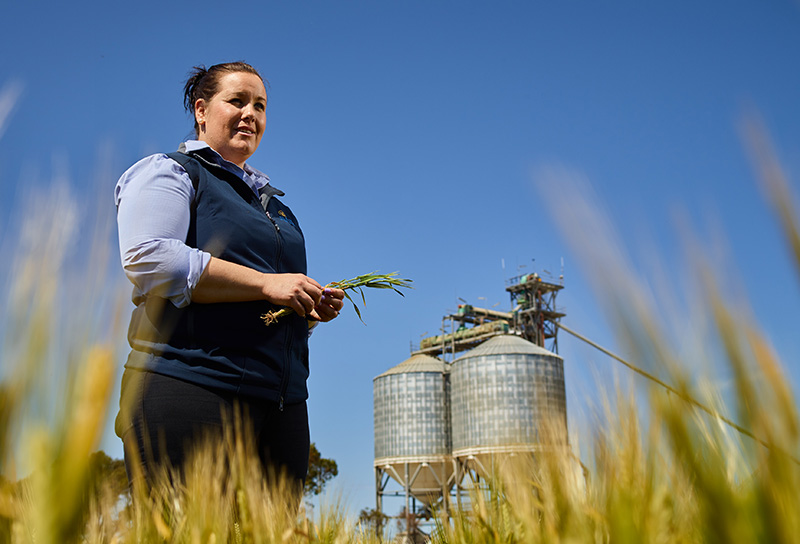
The past two months have seen the ports a hive of activity and domestic consumers back in the market, with grain moving rapidly by road and rail into these customers and ports.
Read MoreRain leads to rethink of winter cropping plans

March has been eventful for NSW with floods and large rainfalls stretching through much of the cropping belt. Whilst it may negatively impact a few farms with summer programs, most farmers are rejoicing and rethinking their winter cropping plans.
Read MoreWA Market Wrap - March
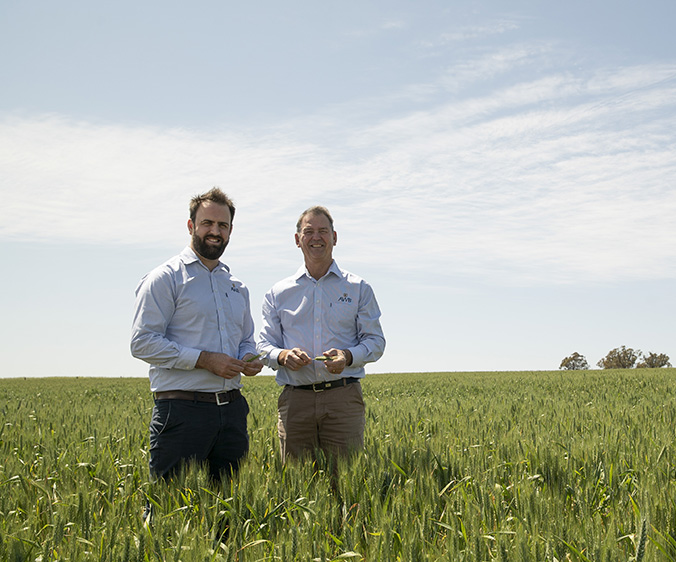
The past two months has seen some great rainfall totals over a large part of the West Australian wheat belt with a few lucky areas now over 150mm of summer rainfall.
Read MoreRain, rain, come again
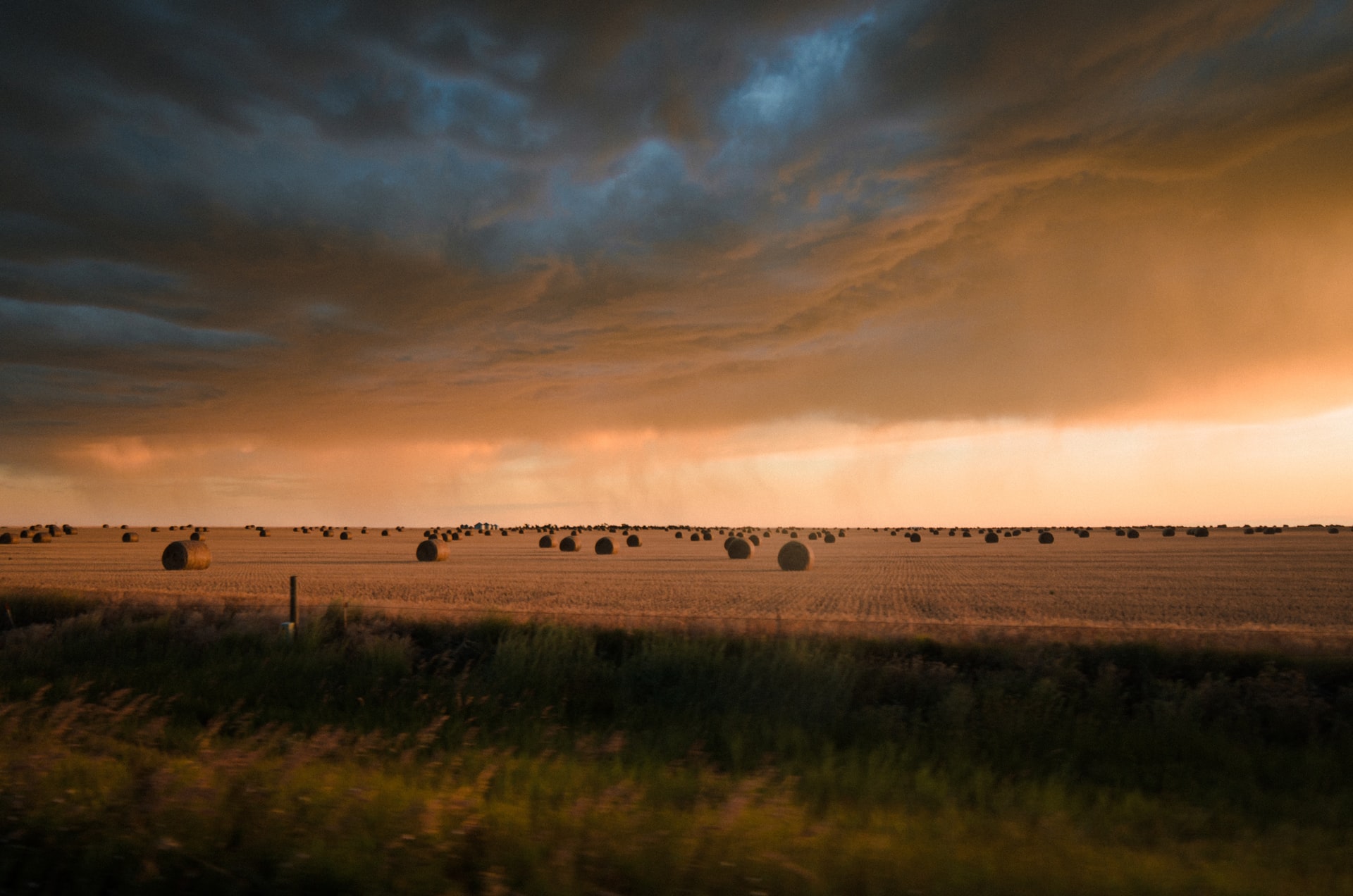
A week can be a long time in grain markets and the week just passed was no exception. With over eight inches of soaking rain received in parts of Southern and Central New South Wales cropping belts since Thursday last week, agriculturalists will look back fondly.
Read More